
Background information
"Mum, when are we going to sow the tomatoes?"
by Ann-Kathrin Schäfer
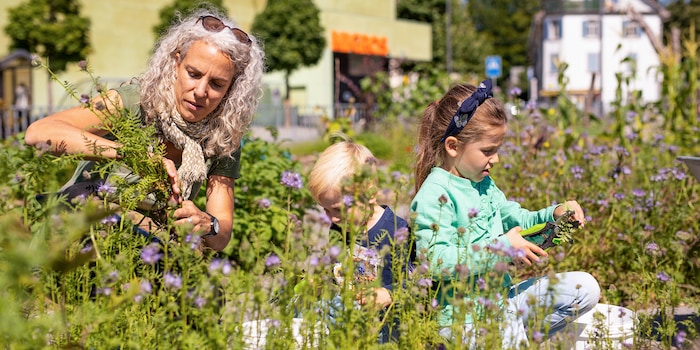
I have recently started planting a garden bed with my children. I get tips from the manager of an educational garden for children. The expert knows how to keep your gardening children happy and which seeds get along well.
Am I doing the weeding right? Does it take this long for everyone? And which seeds should I even buy? I recently reported on how I am creating a garden bed with my children. All sorts of questions came up in the process.
As a gardening novice, I ask an expert for advice. Kathrin Hälg runs a learning garden at Areal Bach in St. Gallen, a project run by Bioterra as part of the «Gartenkind» project. She is a trained naturopath specialising in herbal medicine.
Now that it's getting warmer, your learning garden is opening again. How do you prepare the vegetable patch with the children?Kathrin Hälg: The first thing we do is get rid of the weeds. We don't talk about weeds in front of the children. We loosen the soil with a large digging fork and then make it fine with a hand hoe. The children are usually more enthusiastic about working with large tools. They find this more fascinating than children's tools. However, depending on their age, they sometimes lack the strength, so we adults help them out.
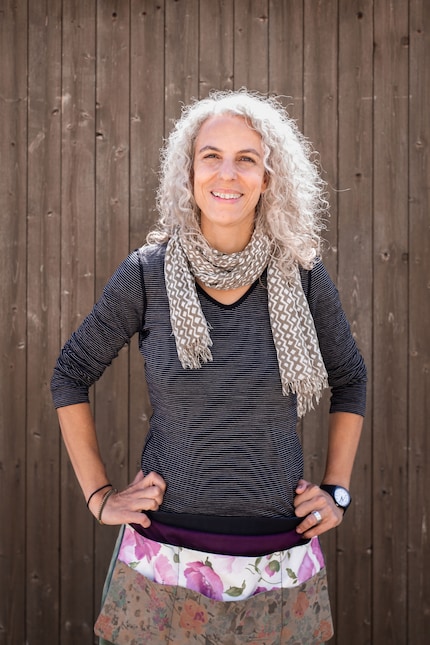
Don't children sometimes lack stamina? Mine have lost the desire to weed in the meantime ...
The children do want to weed - but only for five to ten minutes and not half an hour, that's true. That's why I do some of the weeding in advance with my adult helpers.
Do you have any tips for motivating tired gardening children again?I recommend starting gardening yourself. Sometimes the desire to join in comes from watching. In any case, observing insects and examining them with the magnifying glass will provide more enthusiasm alongside the employees
There seems to be no end to the weeding. Do you really have to remove all the greenery and root it out before sowing the seeds? We have dandelions, nettles, blackberries and grass growing in our bed...
In spring, I would really remove everything that covers the soil because it competes with the vegetables. It's tiring and takes time, yes. In fact, it is not necessary to cut out the roots of all weeds. With certain plants, they rot in the soil when you remove the greenery. But it's a different story with the candidates you mentioned: Dandelion takes up a lot of space under the soil. And with blackberry, but also with cord grass, goutweed, milk thistle and field bindweed, every tiny piece of root that remains in the soil sprouts again. Therefore, these roots do not belong in the compost.
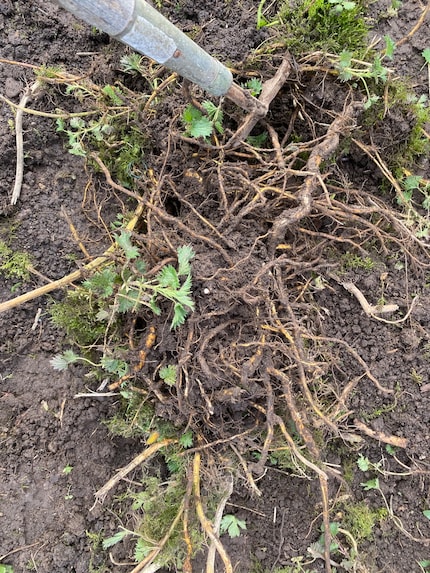
What does it look like during the gardening year when the vegetables are already bigger?
Then you can leave some weeds or just remove the green parts and use them as mulch. You can put nettles in the irrigation water overnight to strengthen the plants or make your own slurry as a fertiliser. What saves time: never dig up the soil, just loosen it. This also makes sense from an ecological point of view.
Why actually?
So you don't upset the delicate soil structure. This consists of many layers of bacteria, fungi, worms and millipedes. Loosening alone helps to get oxygen into the soil.
When you have finished weeding, how do you continue planting vegetables in your educational garden?We smooth the soil with a rake. Then we make grooves for the carrot, beetroot and spinach seeds - and holes for seedlings such as lettuce, kohlrabi and broccoli. The children love digging holes. Small holes are enough for courgette and radish seeds: simply stick a finger into the soil. There are two children per row: one makes the hole, the second puts the seed in. They enjoy it. We also plant potatoes in a playful way: we bed them in moss and flowers, add horn shavings as fertiliser and sprinkle them with rock flour using a salt shaker. This helps to prevent fungal diseases from developing.
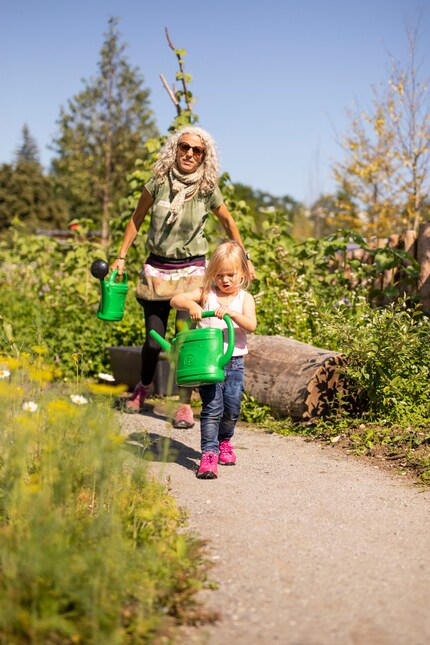
When my children and I were buying seeds, I realised that there are so many suppliers out there. What can you look out for when buying them?
My tip is to buy seeds that have been propagated in Switzerland. This is optimally adapted to our climatic conditions. It is important that the seeds are organic and seed-resistant. Then you can use the seeds from the fruit again next year.
Can you also grow your own seeds from fruit and vegetables that you buy in the shop or at the market?Vegetables from the supermarket often come from hybrid seeds. The seeds from these are therefore either sterile or the plants no longer have the same characteristics.
Does this also apply to organic vegetables?
Often yes, with the exception of vegetable seeds from Pro Specie Rara perhaps. But there is more to consider: Cucurbits, for example, are pollinated by insects and cross-pollination occurs quickly. This means that it is not certain whether the same plant will emerge from the seed. However, seeds can be taken from tomatoes, peas and beans as long as they are seed-resistant. You can find out when you buy the vegetables at the market.
You have a round mandala bed in your learning garden with eight «pieces of cake». How do you plant it?
We always plant the same plant family on the opposite pieces and rotate around each year. You shouldn't plant the same crop in the same place every season. This is called crop rotation.
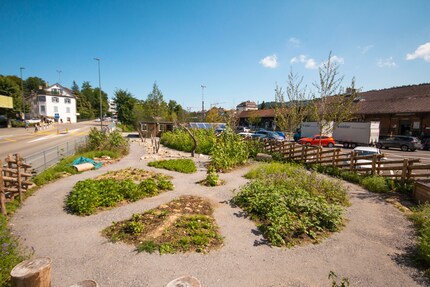
How does crop rotation work?
If you are new to this, you are already doing a lot of things right by not planting the same plants in the same place every year. It is important to know that different plants can belong to the same family, peas and beans for example. There is a lot of information about the different plant families in gardening books and on the internet.
Should you always cover the bed with a layer of compost before sowing?
That depends on the nutrient requirements of the plants. For so-called heavy eaters, it is important to fertilise the soil with compost before sowing. Medium and weak eaters, on the other hand, take fewer nutrients from the soil. Some plants also promote each other's growth. I therefore always ensure a mixed culture in the bed.
What does that mean?
I always plant different types of vegetables in each bed. This keeps the plants healthier. I also plant edible flowers. They attract insects, which in turn pollinate the vegetables.
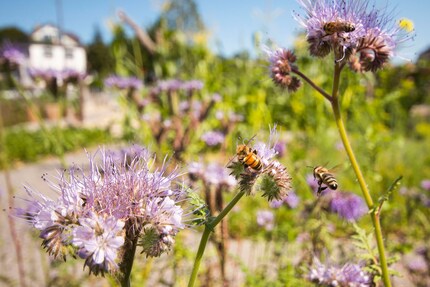
A lot to consider ...
If I may give you one more tip: start and try things out and don't be put off by crop rotation, mixed cultivation and strong, medium and weak eaters. Experience will come naturally over the years.
That's a nice tip.
It's also much more fun that way. If you read everything beforehand, there's a risk that you'll lose interest before you even start, and that would be a shame!
I've heard that you should start with just a few plants. That was too boring for us, so we started with 15 plants. Probably too many, but we're all the more euphoric ...
That's great! It's so important to retain the joy of gardening. What's more, if you have so many different plants, you also have more chance of a few of them really growing into something.
I'm really a journalist, but in recent years I've also been working more and more as a pound cake baker, family dog trainer and expert on diggers. My heart melts when I see my children laugh with tears of joy as they fall asleep blissfully next to each other in the evening. They give me inspiration to write every day - they've also shown me the difference between a wheel loader, an asphalt paver and a bulldozer.
Interesting facts about products, behind-the-scenes looks at manufacturers and deep-dives on interesting people.
Show all
Background information
by Darina Schweizer

Background information
by Ann-Kathrin Schäfer

Background information
by Darina Schweizer